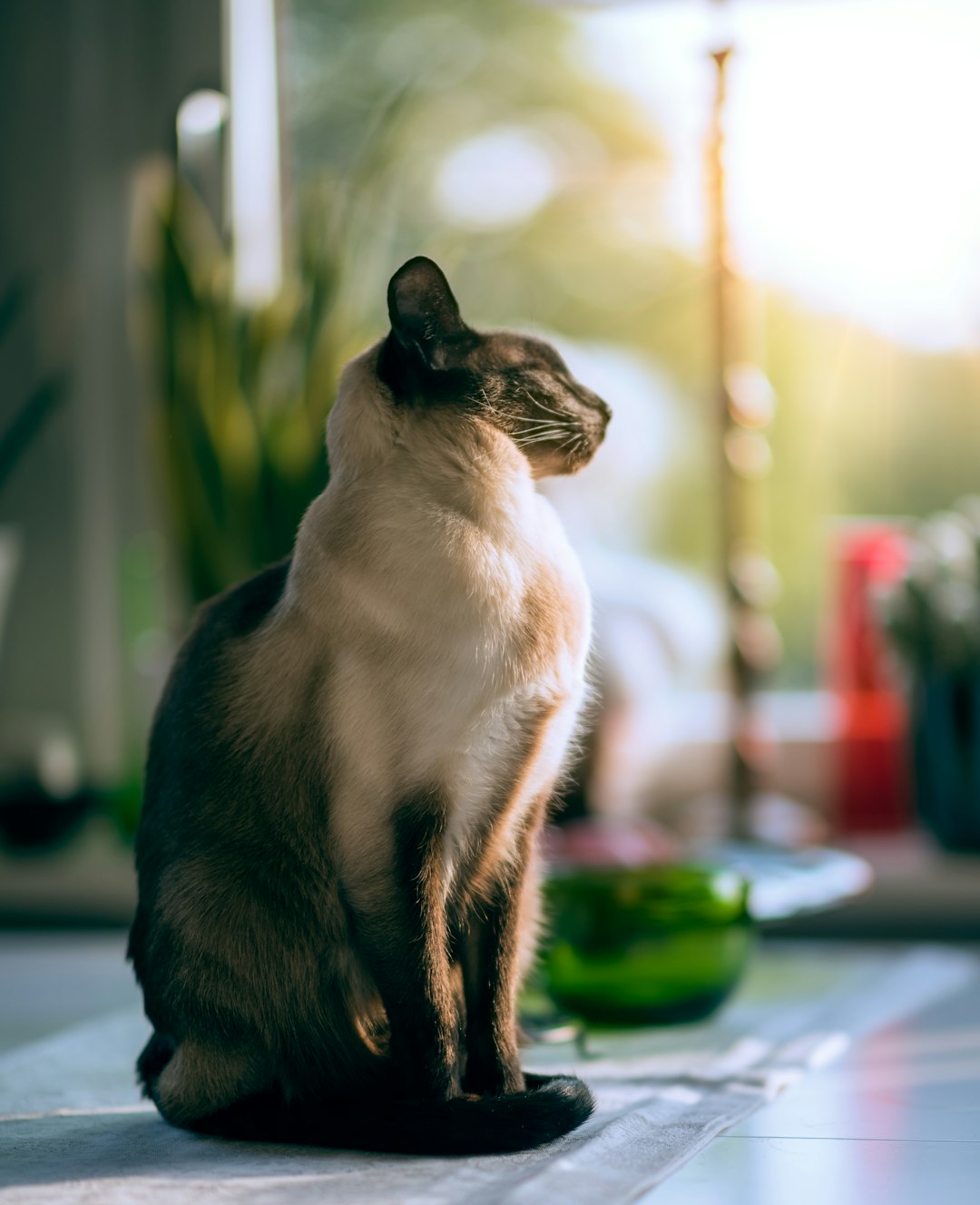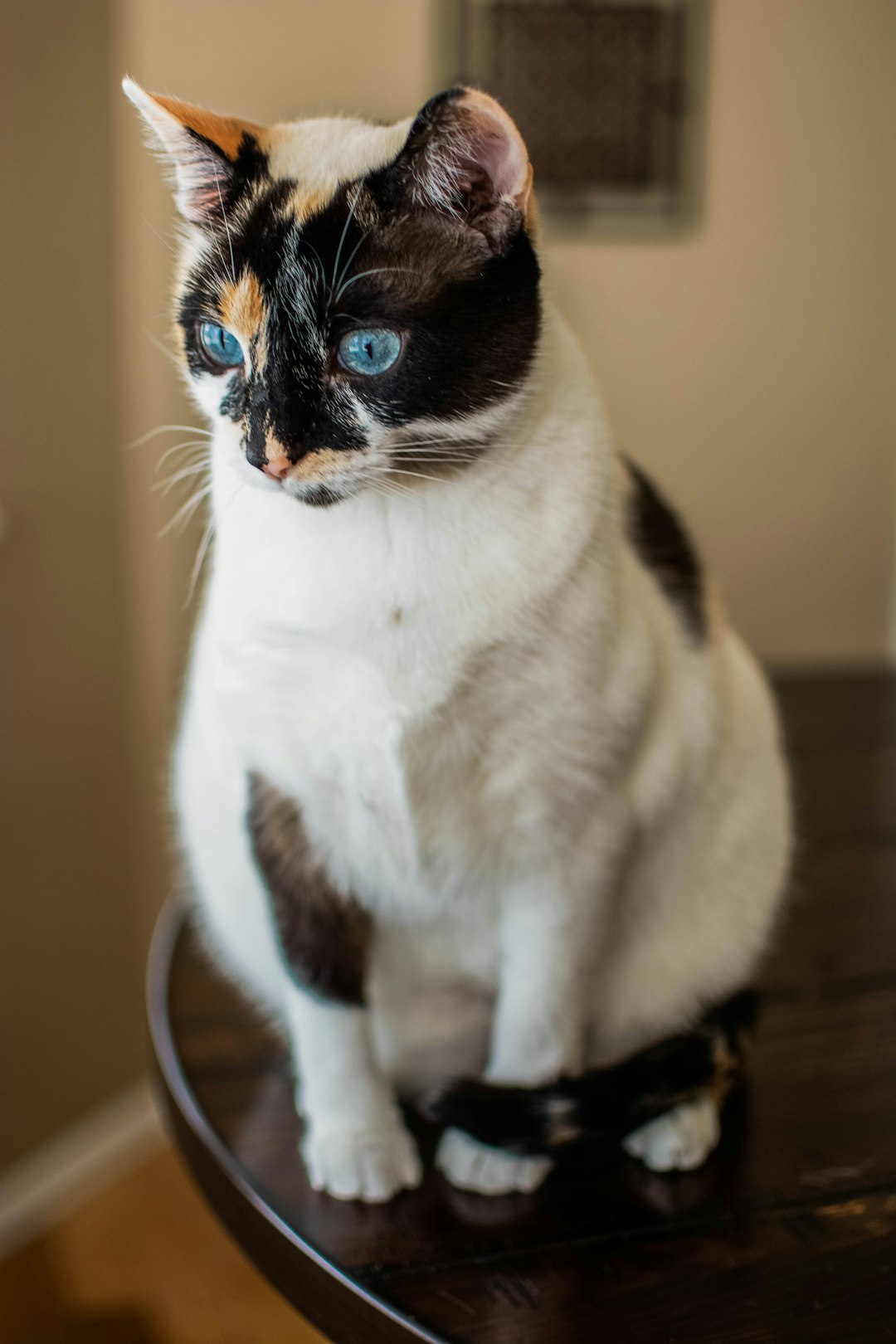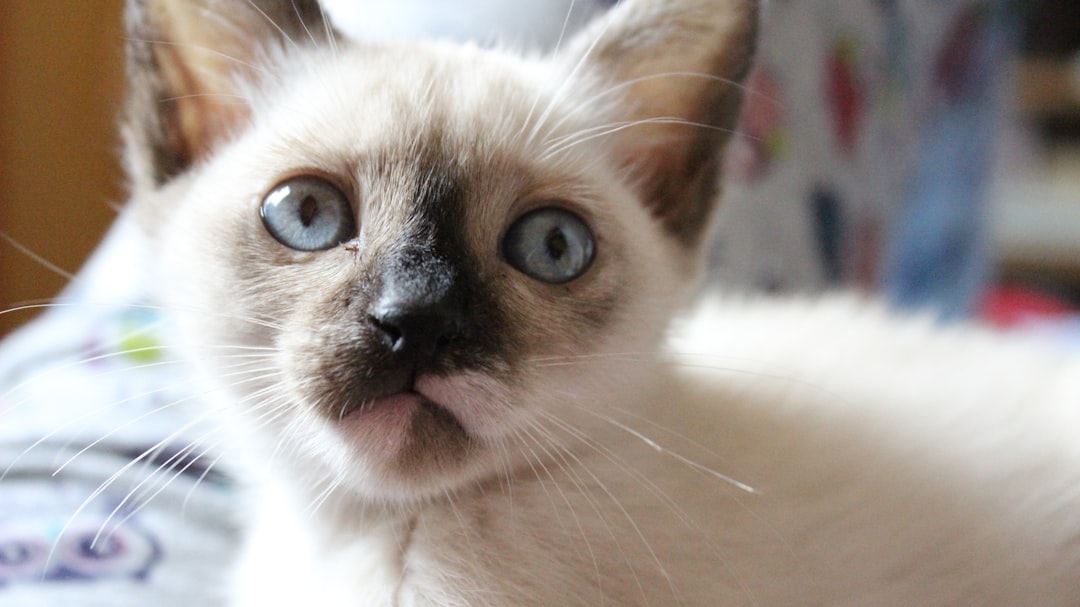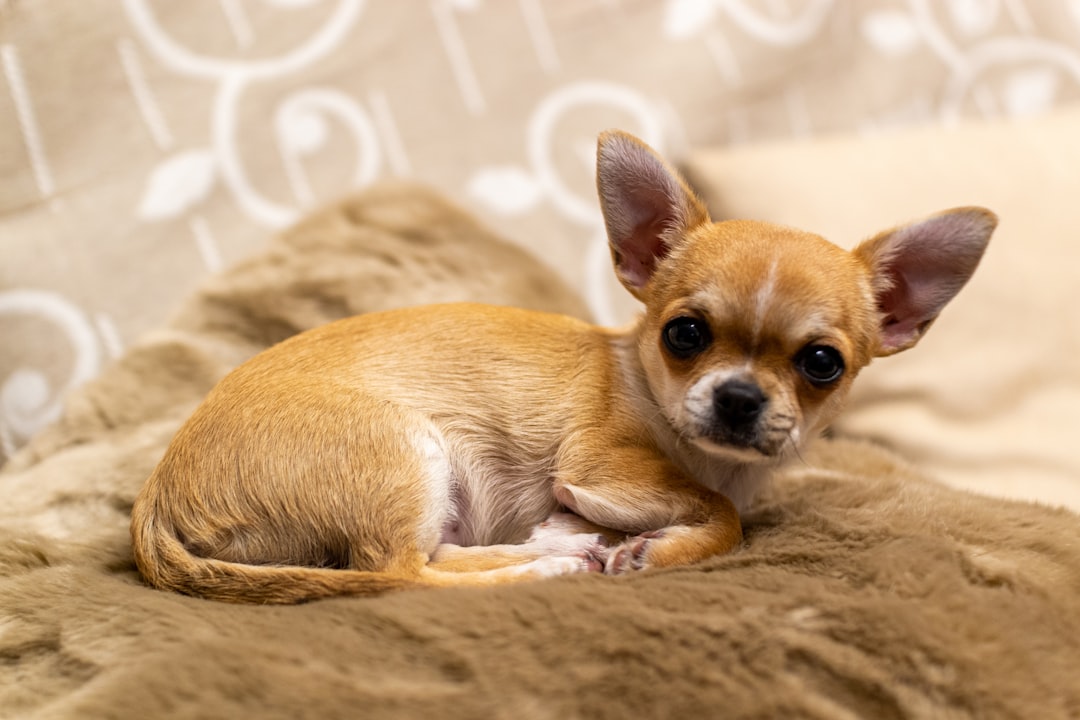As a kitten owner, ensuring your furry friend receives the right nutrition is crucial for their growth and development. Kitten wet food offers numerous benefits, providing hydration and essential nutrients that support a young cat’s health. Understanding what to look for in wet food helps you make informed choices, ensuring your kitten thrives. From transitioning them to wet food to selecting quality brands, this guide will help you navigate the essential nutritional choices for your young cat, so they can enjoy a healthy and happy start to life.
Understanding the Nutritional Needs of Kittens
Kittens require a balanced diet to support their rapid growth and development. Unlike adult cats, their nutritional needs differ significantly, so selecting the right kitten wet food is crucial. Here are the key components to consider:
- Protein: Kittens thrive on high-quality protein sources. Look for kitten wet food that contains real meat as the primary ingredient. This supports muscle development and overall health.
- Fats: Essential fatty acids play a vital role in brain development and energy. Ensure the food includes healthy fats, such as omega-3 and omega-6.
- Vitamins and Minerals: Vitamins A, D, E, and minerals like calcium and phosphorus are essential for strong bones and immune function.
- Water Content: Since kittens can be prone to dehydration, kitten wet food helps maintain their hydration while providing necessary nutrients.
In summary, when choosing kitten wet food, ensure it delivers a well-rounded nutritional profile tailored to the unique needs of growing kittens. This foundation promotes a healthy start to their life.

Benefits of Wet Food for Young Cats
Choosing kitten wet food offers several advantages for your young feline friend. Here are the key benefits:
Hydration: Since wet food contains around 70-80% moisture, it helps keep kittens hydrated, especially if they don’t drink enough water.
Palatability: Kittens often find wet food more appealing and flavorful compared to dry kibble. This encourages them to eat and ensures they receive essential nutrients.
Easier Digestion: The softer texture of kitten wet food makes it easier for young cats to chew and digest. This is particularly beneficial for kittens transitioning from nursing.
Nutrient Dense: Wet food typically boasts higher protein and fat content, crucial for the growth and energy needs of kittens. It allows them to develop strong muscles and a healthy coat.
In comparison, here’s a quick overview of the differences:
| Feature | Wet Food | Dry Food |
|---|---|---|
| Moisture Content | High (70-80%) | Low (around 10%) |
| Caloric Density | More calorically dense | Less calorically dense |
| Digestibility | Easier to digest | May require more effort |
Overall, incorporating kitten wet food into your pet’s diet promotes better health and happiness during those crucial growing months.
Key Ingredients to Look for in Kitten Wet Food
When selecting kitten wet food, pay attention to specific ingredients that ensure your growing feline receives the necessary nutrients. Here are the key components to consider:
High-Quality Protein: Look for named meat sources (e.g., chicken, turkey, or fish) listed as the first ingredient. Young cats require proteins for muscle development and overall growth.
Moisture Content: Since wet food is moisture-rich, it supports hydration, especially for kittens who may not drink enough water. Aim for cat food with at least 75% moisture.
Balanced Fats: Essential fatty acids, like omega-3 and omega-6, promote healthy skin and coat. Gaining the right fats also supports energy levels for play and exploration.
Vitamins and Minerals: Check for added vitamins (A, D, E) and minerals (calcium, phosphorus) that support bone development and a strong immune system.
Digestible Carbohydrates: Look for easier-to-digest sources such as rice or peas, which provide energy without overwhelming young digestive systems.
By ensuring these vital ingredients are present in your kitten wet food, you can foster a healthy growth trajectory for your furry friend.
How to Transition Kittens to Wet Food
Transitioning your kitten to wet food can enhance their nutrition and hydration. Here’s how to make the shift smoothly:
Start Gradually: Begin by mixing a small amount of kitten wet food with their current dry food. Use a ratio of 25% wet food to 75% dry food.
Increase Slowly: Over the course of 7 to 10 days, gradually increase the proportion of wet food. Aim for a final ratio of 50% wet food to 50% dry food, and ultimately reach 100% wet food if desired.
Watch for Reactions: Monitor your kitten for any digestive issues. If they experience diarrhea or vomiting, slow down the transition pace.
Offer Variety: Kittens can be finicky eaters. Introduce different flavors and textures of kitten wet food to find what your cat enjoys.
Create a Routine: Feed your kitten at the same time each day. Consistency helps establish regular eating habits.
By following these steps, you can ensure your kitten enjoys the benefits of a high-quality diet with the right kitten wet food.

Portion Sizes and Feeding Frequency for Kittens
Feeding your kitten the right portion sizes and frequency is vital for their growth and health. Here’s a simple guide to help you establish a routine:
Portion Sizes:
- Age Consideration: Kittens aged 6-12 weeks should receive about 1/4 to 1/2 cup of kitten wet food daily, while those aged 3-6 months may need 1/2 to 1 cup.
- Weight Management: Monitor your kitten’s weight; adjust portions according to growth and activity levels.
Feeding Frequency:
- Young Kittens: For kittens up to 6 months old, feed them three to four times a day.
- Older Kittens: After 6 months, you can reduce feedings to two to three times daily.
Feeding Tips:
- Consistency: Keep feeding times consistent to establish a routine.
- Fresh Water: Always provide fresh water alongside kitten wet food to support hydration.
By ensuring you provide the proper portion sizes and feeding frequency, you’ll promote a healthy start to your kitten’s life with optimal kitten wet food nutrition.
Homemade vs. Commercial Kitten Wet Food
When it comes to feeding your kitten, you may wonder whether homemade or commercial kitten wet food is the better option. Both choices have distinct advantages, and understanding these can help you make an informed decision.
Homemade Kitten Wet Food
- Pros: Allows you to control ingredients and customize recipes based on your kitten’s preferences. You can ensure freshness and avoid preservatives.
- Cons: Requires careful nutritional balance to meet your kitten’s needs. It can be time-consuming and might lack certain essential nutrients if not formulated correctly.
Commercial Kitten Wet Food
- Pros: Formulated by pet nutritionists to meet all dietary requirements. It’s convenient to use, widely available, and offers various flavors and textures.
- Cons: Some brands might contain fillers or low-quality ingredients. It’s important to select high-quality brands to ensure your kitten receives the best nutrition.
Ultimately, whether you choose homemade or commercial kitten wet food, the key is to provide well-balanced nutrition tailored to your young cat’s needs. Always consult with a veterinarian when making dietary changes to ensure your kitten thrives.
Common Myths About Kitten Wet Food
Many misconceptions surround kitten wet food, which can mislead pet owners when making dietary choices for their young cats. Let’s clarify some common myths:
Myth 1: Kitten Wet Food isn’t nutritious.
Reality: High-quality kitten wet food provides essential proteins, fats, vitamins, and minerals necessary for healthy growth.Myth 2: Kittens should only eat dry food.
Reality: Wet food offers hydration benefits and may be easier for kittens to chew, making it a valuable option.Myth 3: All wet food brands are the same.
Reality: Not all kitten wet food is created equal. Look for high-quality ingredients and avoid fillers like corn and artificial preservatives.Myth 4: Feeding wet food leads to dental problems.
Reality: While dry food can help with dental health, wet food can be just as beneficial when paired with regular dental care.
Understanding these myths helps you make informed decisions about your kitten’s diet. Always opt for nutritious, well-balanced kitten wet food to support their growth and health.

Choosing the Right Brand for Quality Nutrition
Selecting the right brand of kitten wet food is crucial for your furry friend’s growth and development. While many options abound, focus on these key factors to ensure high-quality nutrition:
Ingredient Transparency: Look for brands that specify real, whole foods in their ingredient list, such as chicken, fish, and vegetables. Avoid products with vague terms like "meat by-products."
Nutritional Balance: Ensure that the kitten wet food meets the AAFCO standards for kittens, which guarantees it includes essential nutrients like proteins, fats, vitamins, and minerals.
Natural and Grain-Free Options: Some kittens may benefit from grain-free diets. Brands offering natural formulas often use fewer preservatives, enhancing overall health.
Brand Reputation: Opt for well-established companies with positive customer reviews and transparent sourcing practices. Research their history with recalls or safety issues.
Veterinarian Recommendations: Consult your vet for recommendations on brands that prioritize quality nutrition tailored to kitten needs.
By prioritizing these factors, you can confidently choose high-quality kitten wet food that supports your kitten’s growth and well-being.
Frequently Asked Questions
What should I look for in kitten wet food?
When choosing wet food for kittens, prioritize high-quality protein sources, such as chicken or fish, listed as the first ingredient. Look for foods that provide essential nutrients like taurine, omega fatty acids, vitamins, and minerals, which are vital for their growth and cognitive development. It’s also essential to ensure the food is free of artificial preservatives, colors, and fillers. Choosing a brand that meets AAFCO standards ensures the food provides balanced nutrition for your growing kitten.
How often should I feed my kitten wet food?
Kittens typically require more frequent meals than adult cats due to their rapid growth and high energy needs. It’s recommended to feed them 3 to 4 times a day, with portions adjusted based on their age and weight. As they approach adulthood, you can gradually reduce feeding to two meals a day. Always consult with your veterinarian for specific recommendations tailored to your kitten’s nutritional requirements and lifestyle.
Can I mix wet and dry food for my kitten?
Yes, mixing wet and dry food can be beneficial for kittens. This approach provides the advantages of both types of food—wet food offers hydration and is often more palatable, while dry food can support dental health and manage weight. Ensure that the total daily food intake adheres to your kitten’s calorie requirements, and maintain consistency in the types of food offered to avoid digestive upset. Always transition between food types gradually.
Is it necessary to provide fresh water along with wet food?
Even though wet food contains moisture (typically around 70-80%), it is still essential to provide fresh water to your kitten at all times. Hydration is crucial for their overall health and helps in digestion and urinary tract function. Kittens may not drink as much water if they are primarily fed wet food, so encourage drinking by offering fresh water daily and consider using a cat water fountain to make it more appealing.



